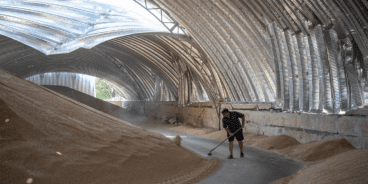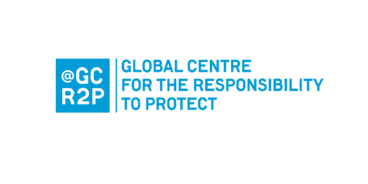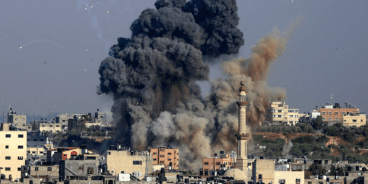
Remarks delivered at UN General Assembly Ministerial Side Event on “Protecting Cultural Heritage: Staying Committed to the Implementation of UN Legal Instruments”
Remarks delivered by Dr. Simon Adams, Executive Director of the Global Centre for the Responsibility to Protect on 26 September 2018 at UN Headquarters in New York.
Your Excellencies, firstly, I would like to thank the co-hosts for holding this important event and congratulate the governments of Italy and Cyprus for establishing the Group of Friends for the Protection of Cultural Heritage.
The preservation and protection of cultural heritage is an issue that concerns us all. As highlighted in the 1954 Convention for the Protection of Cultural Property in the Event of Armed Conflict, “damage to cultural property belonging to any people whatsoever means damage to the cultural heritage of all mankind.”
The Global Centre for the Responsibility to Protect is therefore glad to see that one of the aims of this Group of Friends is to encourage the full implementation of existing legal frameworks regarding cultural heritage, sharing best practices, and strengthening synergies with other relevant issue areas.
We believe that one crucial area is the link between the protection of cultural heritage and the prevention of mass atrocities.
We say this because if you look around the world today – from Syria to Myanmar or Mali – we see that the intentional destruction of cultural heritage is often intimately connected to a deliberate strategy to destroy a targeted group and its history – actions which may constitute war crimes, crimes against humanity or genocide.
These crimes are often committed against a group that is singled out by ethnicity, religion, or language. Attacking the architecture, artifacts and art that is intrinsic to the cultural life and collective identity of that group is therefore an attempt to dispute, deny and eradicate its very existence.
For example, when Da’esh attacked towns and villages in Syria or Iraq, they not only sought to kill Christians, Shia, Yazidi and others who don’t share their extremist interpretation of Islam. They wanted to erase any trace these communities ever existed. They demolished historic churches and mosques, desecrated and destroyed art as well as places of worship, and in doing so attempted to eradicate the mosaic of faith, culture and history that stretches back across the millennia, and binds together the people of Iraq and the Levant.
Recognizing this link also has important implications for peacebuilding and post-conflict reconciliation. The preservation and protection of cultural heritage can assist in rebuilding society in the aftermath of conflict and mass atrocities, and in some cases it can be essential to economic revival, security and stability.
I therefore hope that members of this Group of Friends, as well as other Member States and relevant actors, recognize this important link and ensure that issues of preventing and responding to mass atrocities are included in considerations around matters pertaining to the protection of cultural heritage.
Thank you.
Related Publications


Global Centre for the Responsibility to Protect Submission to the Committee on Economic, Social and Cultural Rights on China
